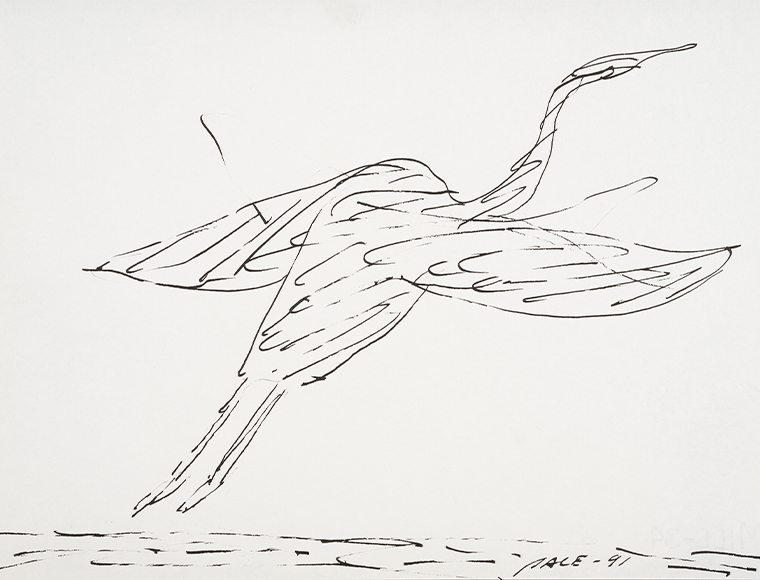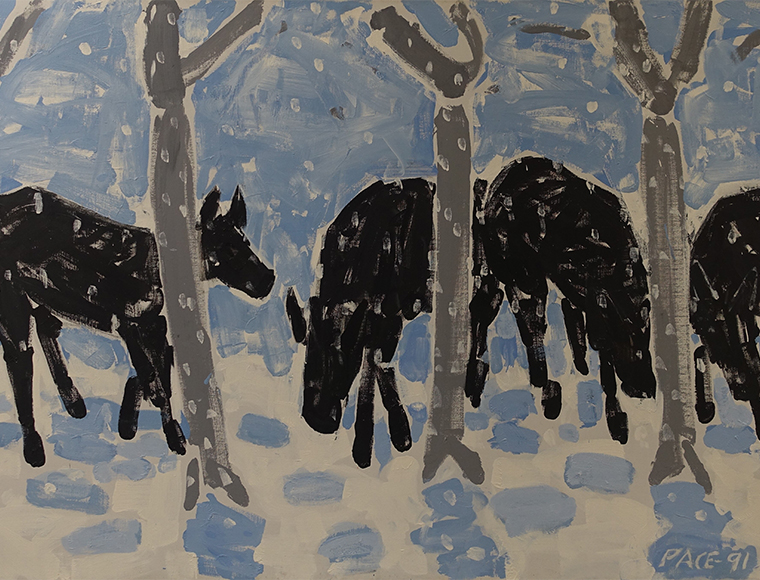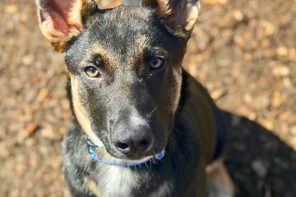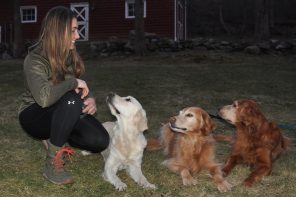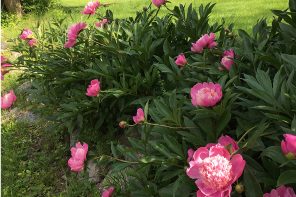Stephen Pace (1918-2010) was a member of the second generation of the Abstract Expressionists, who put New York on top of the art world in the mid-20th century. But his two-dimensional works in a variety of media were about a lot more than evocative shapes and colors.
Missouri farm boy, he had a real affinity for animals in color-block works that evoked the paintings of his friend Milton Avery — the horses of his youth, a favorite subject; nude women with cats, a feminine symbol; and the gulls of Maine, where he and wife Palmina, who often posed for him, had a studio and home in Stonington.
Three of his bird works are part of “Birds of the Northeast: Gulls to Great Auks,” through May 14 at the Fairfield University Art Museum, which is the recent recipient of more than 132 works by Pace from the Stephen and Palmina Pace Foundation. The group — which includes oil paintings, large watercolors, prints and drawings that span his career — is the largest gift by value in the museum’s 10-year history.
Carey Weber — the museum’s Frank and Clara Meditz executive director, who curated the bird exhibit with Fairfield University biology professors Brian Walker, Jim Biardi and Tod Osier — says Pace began as a traditional painter, studying with WPA (Works Progress Administration) artist Robert Lahr as a teenager. Even after his was drafted into World War II, he continued to paint, recording views of European landscapes. After the war, he studied on the GI Bill at the Instituto Allende in San Miguel Allende, Mexico, and with Hans Hofmann, a forerunner of the Abstract Expressionists, at The Art Students League of New York in Manhattan. During the late 1940s and 1950s, Pace forged strong friendships with members of the New York School of Abstract Expressionism, becoming, in Hofmann’s view, one of the most significant artists to emerge from its second generation. But about 1960, his style shifted, Weber says.
“I wouldn’t say he was abandoning Abstract Expressionism,” she says, “but instead he’s using expressive brushstrokes, shapes and colors and applying them to figural studies.”
It’s telling that the shift came a few years after Pace met Milton Avery, whose figurative blocks of color evoked Henri Matisse and spurred financier Roy R. Neuberger to assemble a collection of his paintings that would be the basis for the Neuberger Museum of Art at Purchase College.
“Pace was a dear friend of Milton Avery,” Weber says. “(Avery) definitely was an influence on him.”
You can see this in works like “Pink Nude, Rear View” (2005, oil on canvas), in which long, thick brushstrokes of peach-pink stand out against a stark green backdrop and the brown of the woman’s hair and footstool. In “Untitled (Horses)” (1990s, watercolor on paper), a black-gray and a lavender-gray horse romp amid a sea of green slashes. And in “Three Gulls Alighting” (1981, watercolor on paper), the trio’s forms are made of blank canvas and orange stick legs outlined against a sea of green and a darker green coast.
“Three Gulls” is one of three Pace works in “Birds of the Northeast,” the others being “Maine Gulls” (1981, lithograph on paper) and “Untitled (Heron in Flight” (1991, ink on paper). They’re part of a show that encompasses paintings, prints, drawings, photographs, sculptures and natural history specimens from the early 19th century to the present, illustrating familiar species and those now lost to us. The exhibit accompanies Todd McGrain’s “The Lost Bird Project,” monumental bronze memorials to five “lost birds,” (the Carolina parakeet, the great auk, the Labrador duck, the passenger pigeon and the heath hen), on the lawn in front of the university’s DiMenna-Nyselius Library. “Birds of the Northeast” notes that more than 150 species of birds are now extinct worldwide, with an estimated 1,200 set to follow over the next century if we don’t take action.
Weber grew up spending summers on Cape Cod, where she developed a passion for our fine, feathered friends. “Birds are beautiful,” she says. Equally important, their presence in this exhibit signals the kinds of shows she wants to do.
“One of our priorities is to do more interdisciplinary shows with our wonderful faculty in which we can explore how art meets nature.”
For more, visit Fairfield.edu/museum/.

